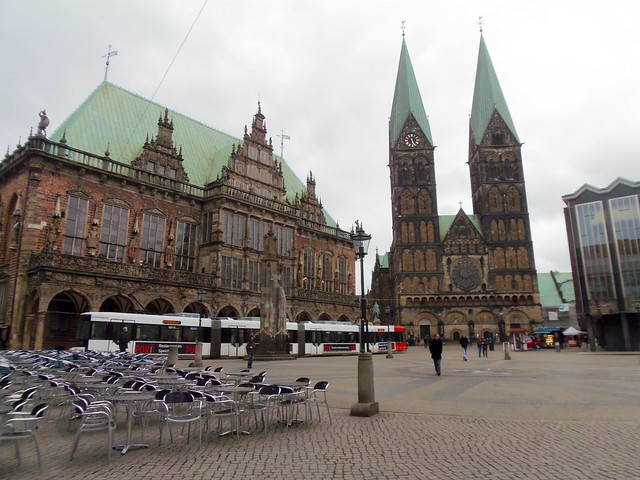
A minha estadia em Bremen foi de três días mas o tempo para realmente vê-la foi apenas uma hora, pelo menos com luz do dia. A primeira coisa que quis visitar foi esta praça dominada por dois importantes edificios um é o Rathaus e o outro é a Catedral de St. Petri com as suas duas torres gémeas de quase 100 metros de altura.
My stay in Bremen was three days but the time to really see it was only an hour, at least in daylight. The first thing I wanted to visit this square was dominated by two important buildings one is the Rathaus and the other is the St. Petri Cathedral with its two twin towers nearly 100 feet tall.
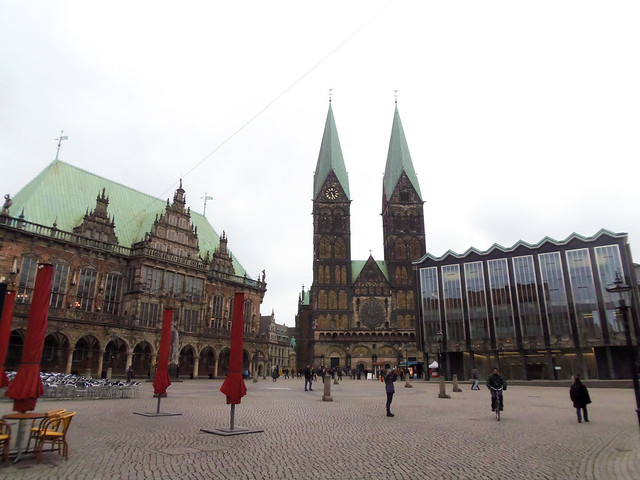
Até visitá-la durante o dia devo admitir que Bremen não me estava a entusiasmar, creio que a melhor altura para a visitar será na Primavera, no Verão ou se for no Inverno talvez num fim de semana. Chegámos de noite,a um dia de semana e andámos por esta praça á procura de um sitio para comer, era tarde e estava vazia não se via ninguém.
Durante o dia já se vê mais gente, os cafés montam as suas esplanadas (ainda que o frio ou a ameaça de chuva não te convide a sentar), alguns circulam com as suas bicicletas, etc..
É elaborada fachada do Rathaus que domina a paisagem da praça e está na lista do Património Mundial da UNESCO. Foi construído no século XV mas a impressionante fachada que vemos actualmente foi de uma renovação do século XVII.
Junto ao Rathaus um monumento a Roland (de 1404), um dos símbolos da cidade, um cavaleiro da Batalha de Roncesva.
Do lado oposto ao Rathaus está o Schütting, a Câmara de Comércio da cidade desde a época medieval construída no século XVI.
Há muito para ver nesta praça e a sua visita é inevitável, partimos daqui para conhecer o resto do centro histórico.
So until we visit it during the day I must admit that I was not so excited by Bremen, I think the best time to visit would in the spring, summer or if you go in the Winter perhaps a weekend would be best. We arrived at night, on a week day and walked by this square looking for a place to eat, it was late and it was empty, we didn't see anyone.
During the day you see more people, the cafes assemble their terraces (although the cold or the threat of rain did not invite you to sit), some moving with their bikes, etc. ..
It's Rathaus elaborate façade that dominates the landscape of the square and is on the World Heritage list of UNESCO. It was built in the fifteenth century but the impressive façade we see today was a renewal of the seventeenth century.
Along the Rathaus a monument to Roland (1404), one of the symbols of the city, a knight of the Battle of Roncesva.
Opposite the Rathaus is the Schütting, the Chamber of Commerce of the city since medieval times built in the sixteenth century.
There is plenty to see in this square and the visit is unavoidable, we start from here to explore the rest of the historic center.
During the day you see more people, the cafes assemble their terraces (although the cold or the threat of rain did not invite you to sit), some moving with their bikes, etc. ..
It's Rathaus elaborate façade that dominates the landscape of the square and is on the World Heritage list of UNESCO. It was built in the fifteenth century but the impressive façade we see today was a renewal of the seventeenth century.
Along the Rathaus a monument to Roland (1404), one of the symbols of the city, a knight of the Battle of Roncesva.
Opposite the Rathaus is the Schütting, the Chamber of Commerce of the city since medieval times built in the sixteenth century.
There is plenty to see in this square and the visit is unavoidable, we start from here to explore the rest of the historic center.

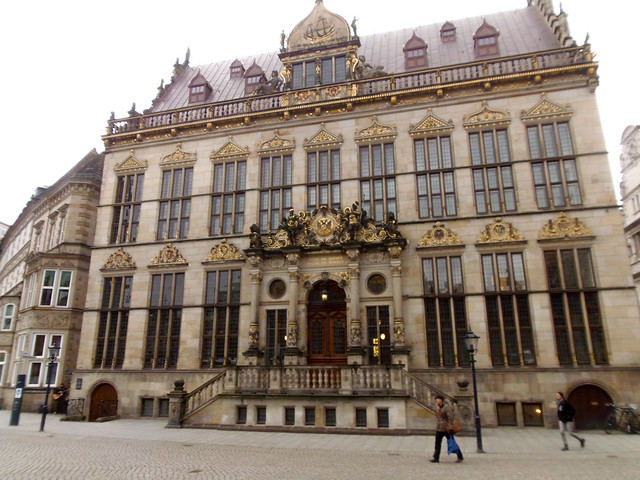
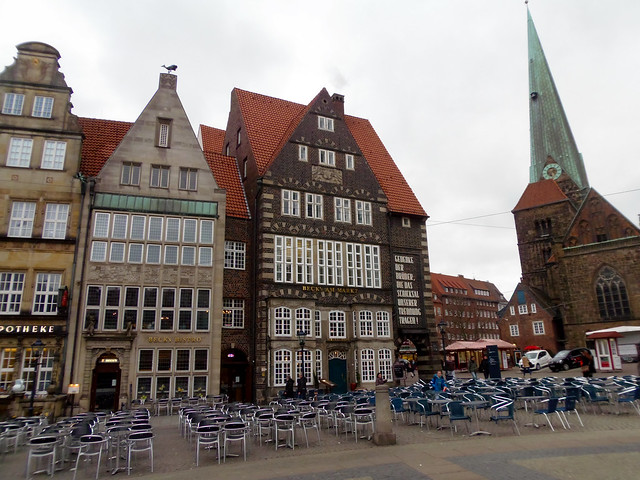
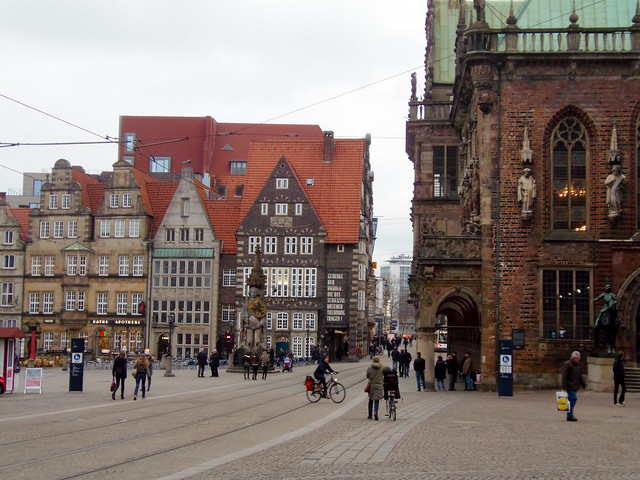
Our guide of:

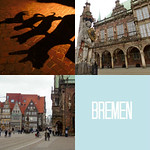
Sem comentários:
Enviar um comentário